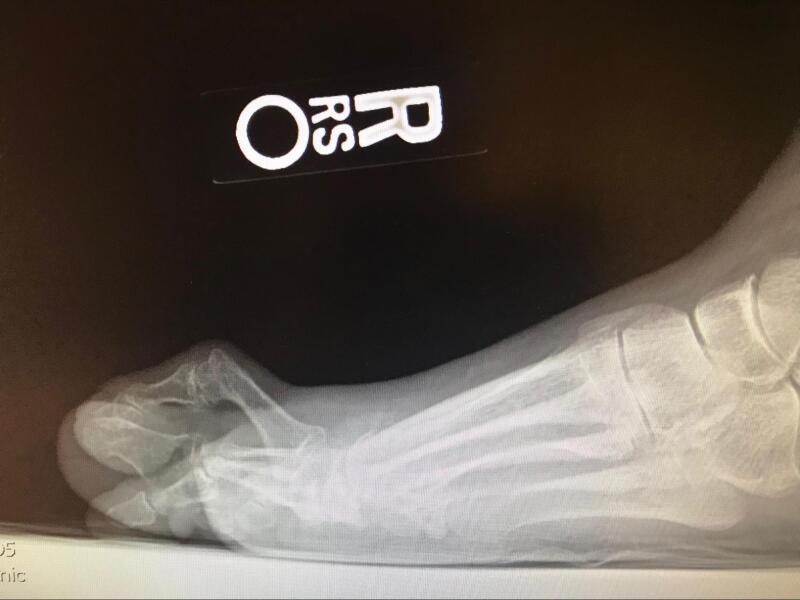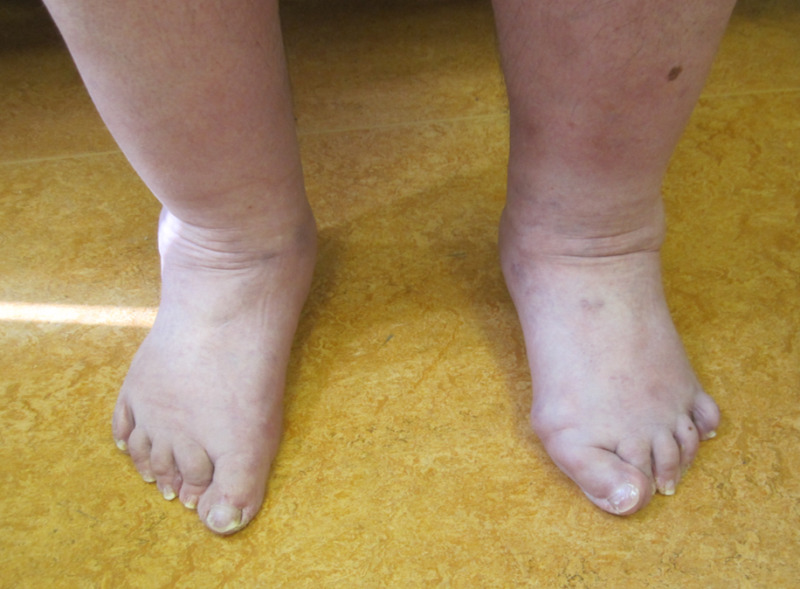Understanding and Treating Hammertoes: A Comprehensive Guide
Hammertoes are a common foot deformity where one or more of the small toes exhibit a bent, curling posture, resembling a hammer. This condition progresses from a flexible state, where the toes can still be straightened, to a more severe, rigid form that can cause significant discomfort and pain if not properly addressed.
Causes of Hammertoes
The primary culprit behind hammertoes is an imbalance in the muscles and tendons that control toe movement, often stemming from systemic conditions or poor foot biomechanics. Other contributing factors can include:
- Trauma: Injury to the toe can lead to the development of hammertoes.
- Genetics: A predisposition to hammertoes can be inherited from family members.
Identifying Symptoms
Early detection of hammertoes is key to managing and treating the condition effectively. Symptoms to watch for include:
- Pain during walking, especially when wearing shoes that press against the raised toe.
- Formation of Corns or Calluses on the top of the affected toe or toes, under the foot, or at the tip of the toe due to constant friction.
- Soreness, Burning Sensation, and Swelling around the affected toe or toes.
- Development of Ulcers, particularly in individuals with diabetes, may occur due to the pressure and friction caused by the deformity.
Diagnosis Process
A thorough examination by a foot and ankle surgeon is essential for an accurate diagnosis of hammertoes. This includes a complete history and physical examination to understand the extent of the deformity and its impact on the patient’s quality of life. Understanding the underlying cause is crucial for determining the most effective treatment plan.

Treatment Options
Early intervention is critical to managing hammertoes and preventing their progression. Treatment strategies include:
- Conservative Measures: These can include padding to relieve pressure and pain, custom orthotic devices to correct the biomechanical imbalance, and exercises to strengthen toe muscles.
- Footwear Modification: Choosing shoes with ample room in the toe box can reduce pressure on the toes and provide relief.
- Minimally Invasive Hammertoe Procedure: For cases where conservative treatments are insufficient, our clinic offers minimally invasive surgery options that focus on correcting the deformity with less downtime and discomfort.
Importance of Early Treatment
Without timely treatment, hammertoes can become fixed in a bent position, leading to persistent pain and the development of additional complications such as open sores or difficulty in finding comfortable footwear. Consulting with a foot and ankle surgeon at the onset of symptoms can help prevent the condition from worsening and maintain foot health and mobility.

Act Now to Address Hammertoes
If you’re experiencing symptoms of hammertoes, waiting to seek treatment can lead to increased pain and further complications. At Austin Foot & Ankle Center, we’re committed to offering state-of-the-art care, including minimally invasive procedures that can effectively address your condition and improve your quality of life.
Don’t let hammertoes slow you down. Contact Austin Foot & Ankle Center today to schedule your consultation. Our team of experts is here to provide the comprehensive care you need to walk comfortably and confidently. Take the first step towards healthier feet and a better life by reaching out to us now.

